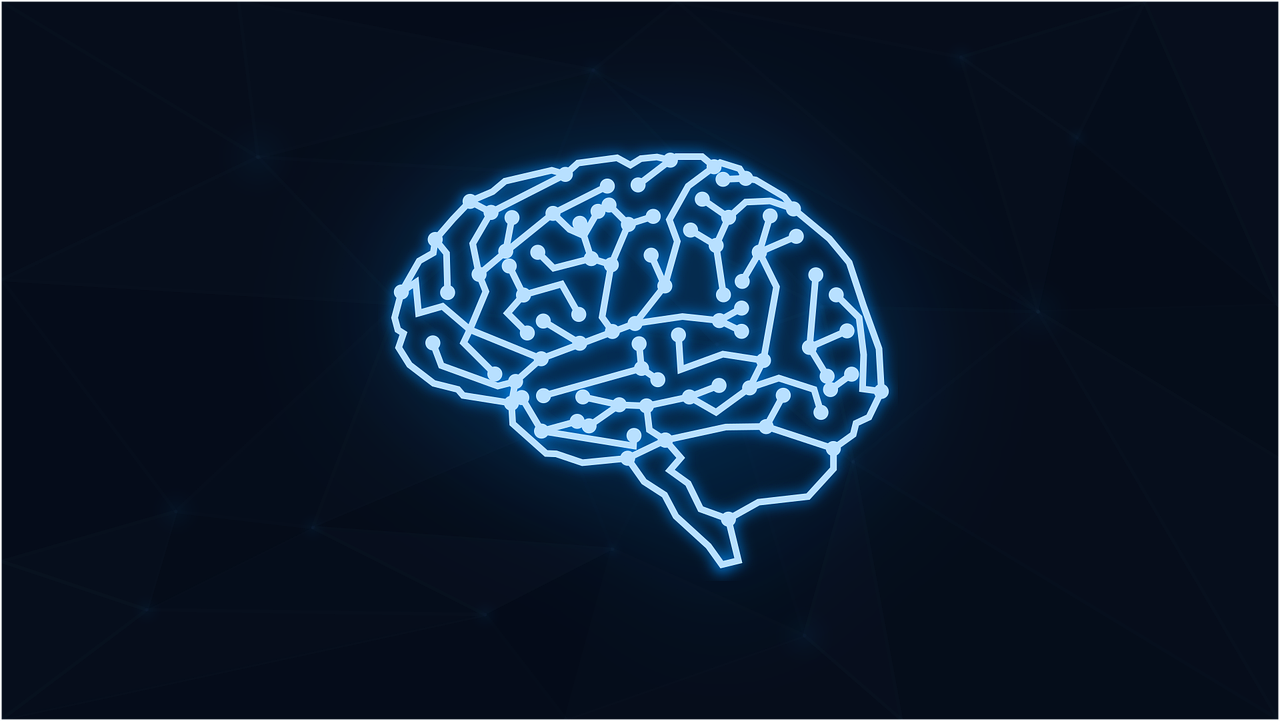
🧠 New types of chips can improve "brain-computer-interfaces"
Brain-computer interfaces are likely to be a key part of our future. Progress has now been made regarding the required chip.
Share this story!
Brain-computer interfaces, i.e., chips implanted in the brain that interprets neuron signals, are based on technology in its infancy. The problem is partly due to scientists not fully understanding how the brain works yet.
Another challenge is to create interfaces that can receive signals from as many neurons as possible. Progress has now been made on this front.
A research team from Brown University has created rice-grain tiny chips that can be charged wirelessly. They have an uplink speed of 10 megabits per second and a downlink speed of 1 megabit per second. The chips are powered by radiofrequency energy, which they receive from a "patch" attached on top of the skull.
The patch is also the receiver of the brain signals.
Creating many small chips is an advantage over having only one chip that receives signals. But using several small chips gives rise to new challenges- the scientists realized that they could not separate and differentiate between the bits the receiver got. To solve the problem, they created an ingenious system that allowed them to compare signals.
One of the scientists behind the new chip system commented on the endeavor in a press release;
"This work was a true multidisciplinary challenge. We had to bring together expertise in electromagnetics, radio frequency communication, circuit design, fabrication and neuroscience to design and operate the neurograin system."
The chip network has been tested on rodents that got 48 chips implanted on the top layer of the brain. The chip successfully received signals but could also be used to stimulate the rodents' brains. The animal's smallness restricted the number of chips that could be utilized, but the researchers believe that the same system could support up to 770 chips. When that is made a reality, a hitherto detailed picture of the brain activity would be attained. The chip's ability to stimulate the brain could also help treat brain damage in the future.
By becoming a premium supporter, you help in the creation and sharing of fact-based optimistic news all over the world.


